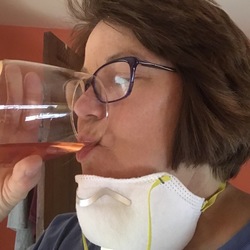Albert De Saint Phar
Maison Albert Bichot
Saint-Véran Chardonnay 2018
$18 Schneider's — 4 years ago
Maison Albert Bichot
Château-Gris Les Monopole Nuits-Saint-Georges 1er Cru Pinot Noir
smells broad, rich. broad and bright. acid kicking early on the palate. fresh red berries and fruit, umami, mushroom. Typical and so delicious. — 4 years ago
Maison Albert Bichot
Château-Gris Les Terrasses Nuits-Saint-Georges Chardonnay 2014
2014 drinking beautifully — 6 years ago
Union des Producteurs de Saint-Émilion
Saint-Émilion Red Bordeaux Blend 2019
Droge rode, licht zoetje/fruitig, stevig, tannine zacht, frans, albert heijn - 6 euro
Oma van Os 26/12/22 — 3 years ago




Sophy Lu Barbieri
Petite Chablis @ St Regis Aruba — a month ago